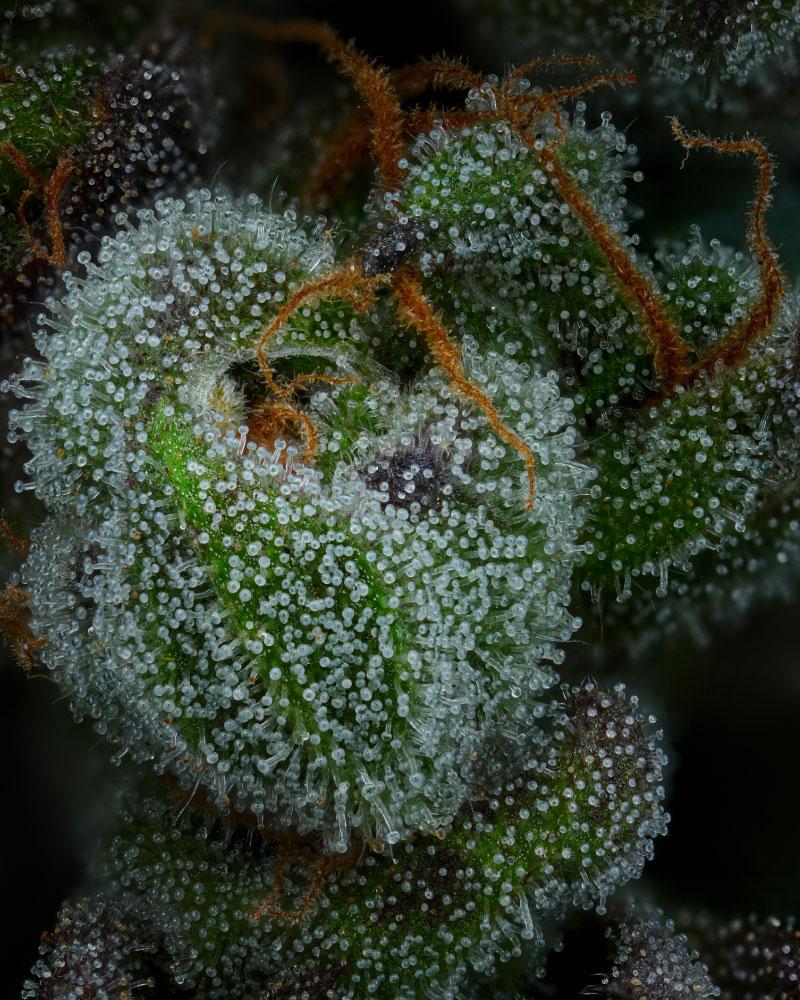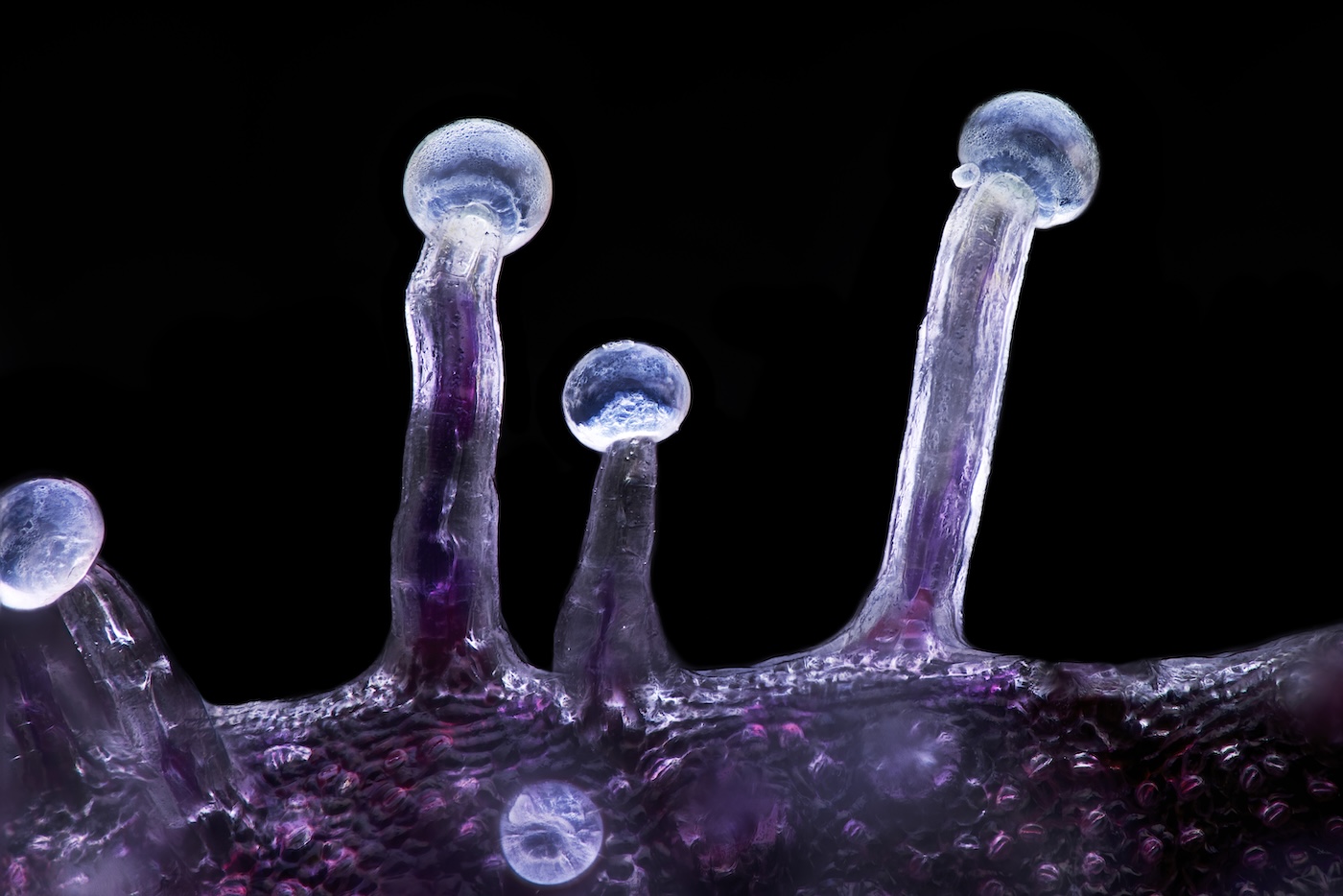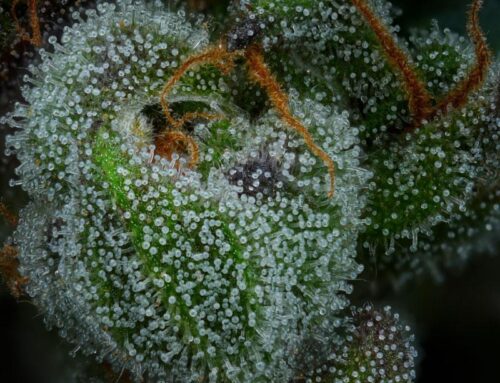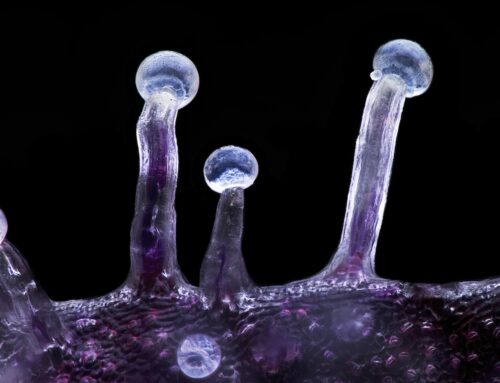The Many Beautiful Types of Hash
Cannabis concentrates, often celebrated for their potency and purity, encapsulate a myriad of forms, each unique in texture, extraction method and heritage. From modern-day BHO to freshly pressed rosin, to ancient forms of hash dating back thousands of years, hashish stands out due to its rich history and diversity.
A brief history of hashish
Hashish, known colloquially as hash, has deep roots tracing back to ancient times. Its journey began thousands of years ago when early civilizations discovered the psychoactive properties of the cannabis plant. This quest for potency led to the creation of concentrated forms, where the essence of the plant’s resin glands was collected.
Hashish production has a history throughout the Middle East in countries such as Afghanistan, Egypt, India, Morocco, and Lebanon. Before the introduction of tobacco in the 1500s, it was consumed as an edible, the word Hashishin is Persian for hash-eater.
Over the next few centuries, types of hashish were used throughout Europe and America for a wide range of medicinal uses, with large quantities imported. The area around Ketama in Morocco’s Rif Mountains illustrates this ancient legacy, where traditional techniques were used to produce much of the world’s supply of Moroccan hash from the 1960s up until the 2000s.
Popular types of concentrate
Cannabis concentrates are cannabis products made through a variety of methods; it is important to note that all hash is a cannabis concentrate, but not all concentrate is hash. Different types have evolved through generations, adapting and transforming with cultural and technological advancements. Here are some popular types of concentrates:
BHO (Butane Hash Oil): A potent concentrate made using butane, a type of hydrocarbon (various hydrocarbons are used in this process), as a solvent to extract the key cannabinoids and terpenes from the marijuana plant, resulting in a sticky, wax-like substance that can vary in texture.
Bubble Hash: Made by isolating trichomes through ice water extraction. This method uses cold temperatures to make the resin brittle and easy to separate, producing a fine, sandy concentrate.

Charas Temple Balls: The hand-rolled version is made from fresh cannabis flowers primarily found in Nepal. The plant’s resin is extracted by hand, forming a sticky, dark ball.
Dry Sift: This form is produced by mechanically removing trichomes (sometimes called kief) from the dried plant using a fine mesh screen (aka dry sieving). The result is a powdery form of hash that varies from light to dark brown. Lebanese hash, Moroccan hash, and Turkish hash are all forms of dry sift.
RSO: Rick Simpson Oil is produced using ethanol to extract the resin from the plant material. The ethanol is then evaporated leaving behind a thick, gooey substance that contains all the plant’s essence and is often used by cancer patients.
Distillate: A type of ethanol extraction that requires high-end distillation systems to isolate cannabinoids. This type of extraction process is often used in cartridges and has terpenes added after processing.
Rosin (and Live Rosin): Created using heat and pressure to squeeze resinous sap from the plant material or bubble hash. Live rosin uses fresh, frozen marijuana, maximizing the flavor and aroma.
From Ancient Techniques to Modern Production
Hashish production began with simple methods like hand rubbing or dry sifting, which are still popular for their simplicity and the purity of the product they produce. These traditional methods focus on collecting resin without solvents, making them accessible to those with minimal equipment.
Anyone who has processed cannabis understands how resinous your hands can become. Ancient hand-rubbing hash was likely a result of early consumers collecting seeds and getting sticky resin fingers as a result. This inadvertently led to the introduction of temple balls and later dry sift techniques to purposely collect the resin.
Modern commercial production, however, involves sophisticated technology to cater to the growing demand for high-quality concentrates. Techniques like BHO and distillate extraction require significant investment in equipment and expertise but result in higher yields and potency. These types of extraction techniques are used to process large quantities of mid-grade, mass-produced, recreational cannabis.
With homegrown cannabis cultivation, growers often make RSO and bubble hash due to their simplicity. Others step it up with creations for hash holes and Piattella hash. Despite this simplicity, good quality bubble rosin is one of the most sought-after and expensive concentrates on the market today. This process requires specific cannabis strains with trichome heads suitable for washing and a lot of time, effort, and knowledge to produce high-quality yields.
FAQ
How many types of hash are there?
There are many different kinds of hash, each varying by region and production method. The main categories include BHO, bubble hash, distillate, dry sift, and rosin.
What’s the strongest form of hash?
Distillate is often considered one of the strongest forms of concentrate due to its high THC content, which can exceed 80% depending on the extraction technique and source material.
What are the different colors of hash?
These concentrates can range in color from light blonde to deep black hash, depending on the production method and the quality of the plant material used. Bubble varietes tend to be golden or light brown, while hand-rubbed charas can be dark brown or nearly black.
What’s unique about hash?
Hash is unique due to its versatility and the variety of extraction methods, each preserving different aspects of the cannabis plant. It allows for a potent experience focused on the essential components of THC and other cannabinoids.
Is hash legal?
The legality of hash varies by country and state, often following the legal status of cannabis. It’s important to check local laws before purchasing or producing anything potentially illegal.
Where is hash from?
Hash originated in the Middle East and Central Asia, with historical records suggesting its use in places like Persia and India. Today, it is produced and enjoyed worldwide, although Moroccan and Lebanese hashish are still in demand around the globe.










